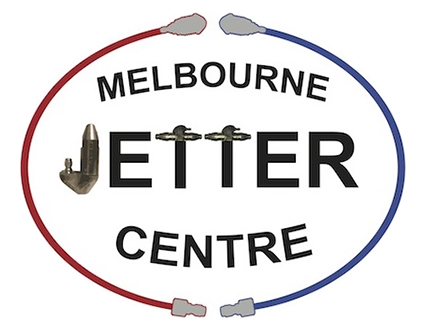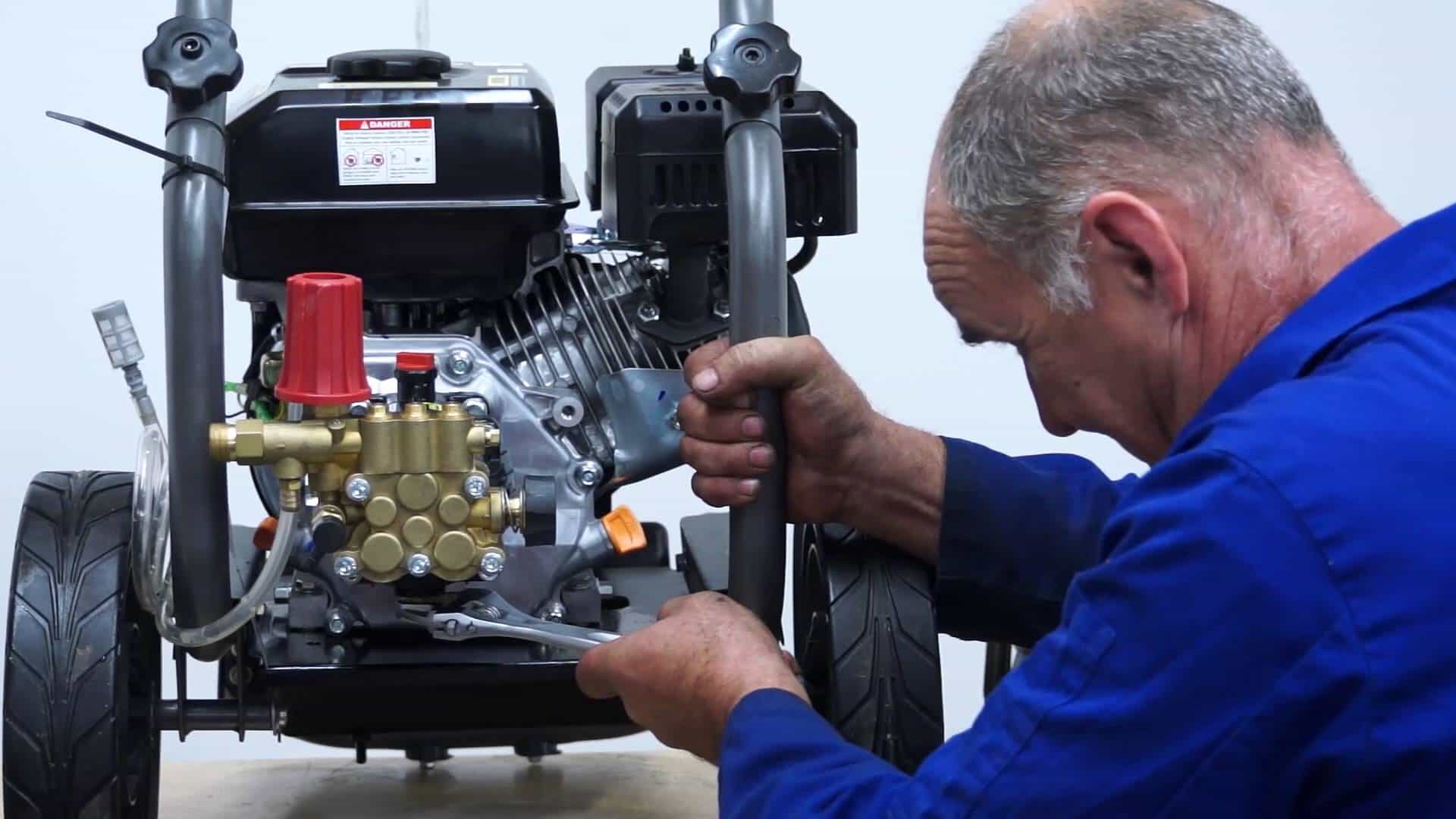High pressure washers are one of the most appropriate solutions for cleaning different types of floors and surfaces. These machines deliver exceptional results with very little effort, possessing the ability to quickly and efficiently blasting off tough dirt, grime, mold and paint.
You may be looking to learn more about floor and surface cleaning using these machines, so we’ve put together a comprehensive guide for you to read.
Whether you’re cleaning concrete, tiles, terracotta, stainless steel, patios, pathways, driveways or other surfaces, the right high pressure washer can remove even the most stubborn of dirt marks. Below, we’ll outline step by step how to clean these surfaces the right way.
How to clean with high pressure floor and surface cleaners
You’ve decided that a high pressure surface cleaner is the right tool to use. So below we’ll discuss how to clean with them properly.
Use the right washer
Before you even think about starting the wash, you’re going to make sure you’re using the proper tools. This will require choosing the right high pressure washer for the job.
Type
There are electric, petrol and diesel-power washers. Electric washers are typically weaker but can become powerful if you use a commercial cleaner. Petrol power washers are heavier, and great to wash cars and fences. Diesel, while being the most expensive, makes the best long term investment as they are highly reliable and can perform tough jobs.
Hot vs cold water
Typically, hot water will clean better and quicker than cold water (and you’ll always save time using hot water). But hot pressure washers are expensive – sometimes they cost double the amount. Cold pressure washer should be enough for simply cleaning sand or stripping paint.
Power
Make sure your washer has the right pressure, and this involves looking at how many pounds per square inch (PSI) the washer can clean. The stronger the PSI, the stronger the washer.
Which PSI you need will depend on the precise surface you’re cleaning. Softer pressure of 500-600 PSI is good for softwood, such as patios made from cedar or pine wood. A washer between 1,200-1,900 PSI is good for cleaning cars. But a PSI of 3,000 is more appropriate for cleaning concrete driveways. The Petrol Comet Italian Plunger is 2,700 PSI and good for cleaning concrete.
Prepare the surface
The first thing you’ll need to do before using your high pressure washer is prepare your surfaces. This applies whether you’re washing concrete or other materials.
If you’re cleaning floors or walls, remove furniture, get rid of any wires and clean up any excess dirt. Cutting away any loose debris will help keep you safe and allow you to wash every part of your surface. You don’t want any debris flying and striking somebody in the face.
Pick the nozzle wisely
Most of the pressure washers will have different colour-coded nozzles aligning with its pressure. This includes:
- Black (the lowest pressure)
- White (40° – a gentle spray for more fragile services)
- Green (25° – a stronger pressure, common for home)
- Yellow (15° – forceful pressure to remove tough dirt, grime or mildew)
- Red (0° – the toughest pressure for removing the toughest stains)
Spray
Finally, it’s cleaning time. After choosing the right washer and nozzle, it’s time to start spraying and cleaning your floors and surfaces.
But don’t get into it immediately. Test a small part of the surface first. This will let you test if the power you’ve chosen is too high (or too soft). If the pressure is indeed too fast, you can cause scratches, dents or some other form of damage.
When spraying, take your time. Washing one small part of your surface at a time to avoid any nasty streaks. Start from one end of the surface to another. If you’re washing a sloping floor, make sure to wash downwards to allow your water to drain correctly.
Be conscious of safety
Always be aware of your surroundings. You’ll need to make sure you wash well away from your pets and kids, as well as steer clear from slipping hazards like uneven surfaces.
If you’re washing in the general direction of somebody, never aim in their direction. There is a risk of injury if the jet pressure comes in contact with a person, including quite significant hand injuries. You should wear personal protective equipment to minimise the risk of injury to yourself.
Looking for more high pressure surface cleaner tips?
Using a high pressure floor cleaner to clean your floors and surfaces can be remarkably efficient. We hope the above guide puts you in the right headspace and provides useful information for you. If you have any further queries, reach out to the specialists right here at Melbourne Jetter Centre and we’ll be sure to assist.


